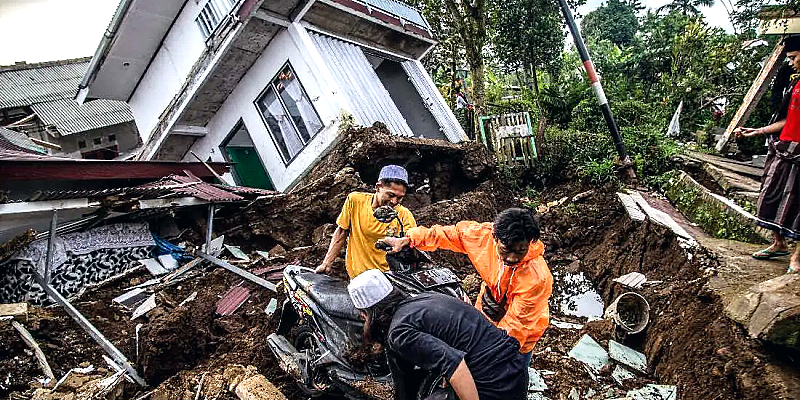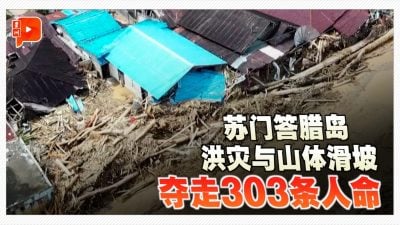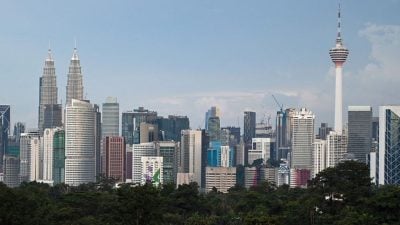
The earthquake that struck on Monday in Cianjur, West Java, has reminded us once again that there is no way to fight the power of nature. The only thing we can do is to try and mitigate the impacts, especially because no early warning system is in place for earthquakes.
With the death toll nearing 300 as of Wednesday, the Cianjur quake could easily make it into the top 10 deadliest earthquakes the country has seen.
The epicenter was located some 11 kilometers beneath the surface, making the Cianjur quake a shallow one. The rule of thumb is that the shallower the epicenter, the more destructive an earthquake will be.
Located in the Ring of Fire of frequent earthquakes and volcanic eruptions, Indonesia can expect more tremors, whether those caused by volcanic eruptions or those caused by the movement of tectonic plates, of which the country experiences hundreds to thousands each year.
Footage and photographs from Cianjur show that many buildings and houses have collapsed with their structures intact, while others have simply crumbled like houses of cards.
These structures were simply unable to resist the tremor, or were built without adhering to the stringent standards for quake-resistant construction, a mandatory building code given the country’s high risk for earthquakes.
The issue is then enforcement and monitoring, as not all buildings, especially those in rural areas, have the appropriate building license (IMB). It might be easier to supervise IMB compliance in urban settings, but it is a tough game in the country’s far-flung regions.
However, nature is not to be messed with.
Even if structures are built to standard, there is always the risk of a greater danger associated with earthquakes: soil liquefaction, in which the soil loses its ability to support weight.
It is imperative that the central government and regional administrations publicly issue a detailed earthquake hazard map so all citizens can take the necessary mitigation measures.
There is as yet no scientifically proven way to predict when and where the next earthquake will strike. In comparison, preventative steps can be taken to avoid hydrological disasters like flooding or landslides, and there are many warning signs when a volcano is about to erupt, giving time for people to reach safety.
Once an earthquake happens, all we can do is move immediately into disaster response, providing emergency shelters, electricity, clean water, food and medicines for people in the affected areas.
It seems that the disaster response for the Cianjur quake is going smoothly, with humanitarian assistance flowing in right after the tremor. We must ensure that a similar response is also available whenever and wherever the next quake hits.
The country has plenty of local wisdoms when it comes to making quake-resistant buildings. Basically, traditional houses are made of flexible and light materials, such as wood and bamboo, so when there is a quake, especially one with lateral movement, these houses simply sway in the direction of the tremor.
Perhaps it is time to combine local wisdoms with modern design and technology to further minimize the number of victims of structural failure that results from an earthquake. We can also learn from our quake-prone neighbors like Japan, where the building standard is set very high to save as many lives as possible.
As in the well-known Latin phrase, semper paratus, we must always be ready.
ADVERTISEMENT
ADVERTISEMENT








































